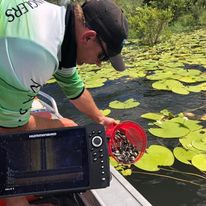
Lake Monduran / Fred Haigh Dam
PO Box 7102 BUNDABERG NORTH QLD 4670
2024 Tackleworld Bundaberg Family Fishing Classic
On the weekend of 18-20 October 2024, MASA held our 25th Tackle World Bundaberg Family Fishing Classic which is one of the biggest freshwater fishing competitions held in Australia and MASA relies heavily on funds raised during this...
Read moreFish Stocking
Fish Stocking is the practice of raising fish in a hatchery and releasing them into a river, lake, or the ocean to supplement existing populations, or to create a population where none exists. Stocking may be done for the...
Read moreMASA – Expression of Interest
Expression of Interest FormBy entering your name & email address, MASA will send you correspondence relating to your selections below.Please indicate your Interest (you can select more than one option): *Family Fishing ClassicBarra Cl
Read more
